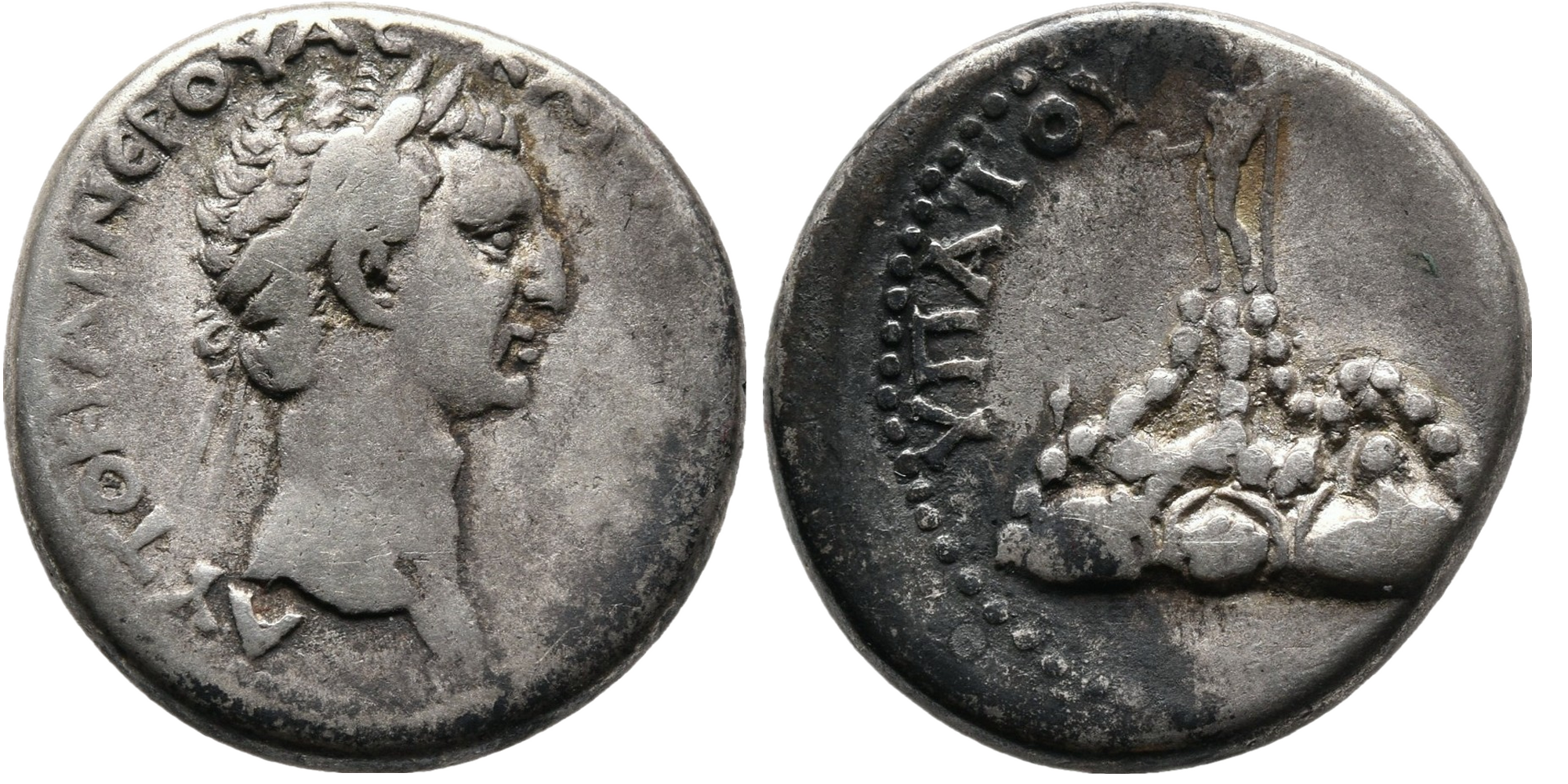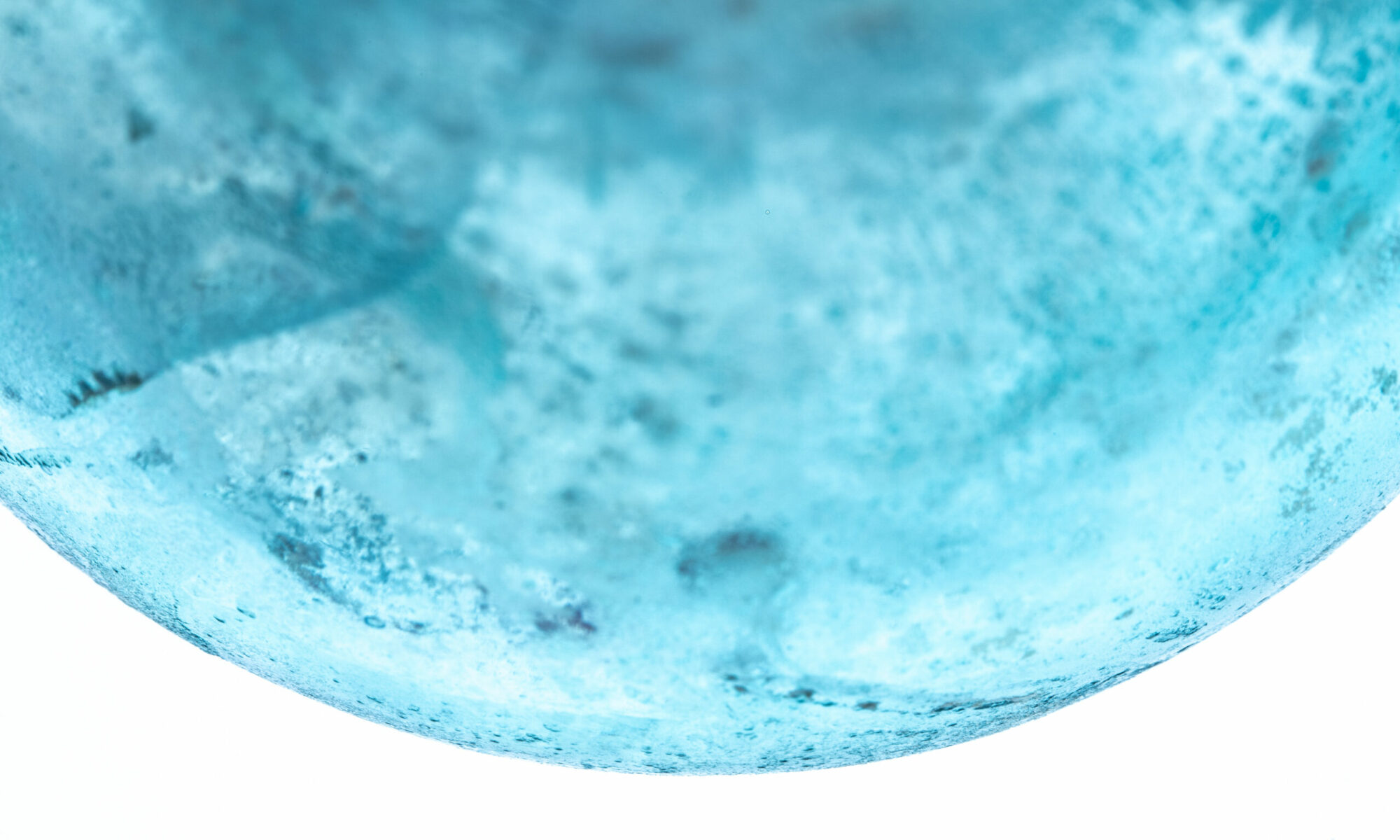Wer ist der Gott auf dem Berg?
Huang Xiaoqia

Klicken Sie hier, um das Video zu sehen
点击此处,观看视频
Click here to watch the video
Obverse legend: ΑΥΤΟΚΡΑΤ(ωρ) ΝΕΡΟΥΑΣ ΚΑΙΣ[ΑΡ ΣΕΒΑΣΤΟΣ]: “Imperator Caesar Nerva Augustus”
Reverse legend: ΥΠΑΤΟΥ [ΤΡΙΤΟΥ]: “Consul for the third time”
Date: AD 98
Metal: Silver
Denomination: Didrachma
Weight: 6.71g
Size: 19.41mm
RPC III 2964, 2973, 2975
IHACOINS-00029
Können Sie sich vorstellen, wie der römische Kaiser von Bewohnern des Reiches weit entfernt von Rom, in den Provinzen, verehrt wurde? In Caesarea, der Hauptstadt von Cappadocia, wurde eine Münzvorderseite, Kaiser Nerva (96–98 n. Chr.) im Porträt darstellend, mit einer Rückseite verbunden, die einen Gott oben auf einem Berg zeigt. Aber welcher Gott ist es, und warum steht er auf einem Berg? Und wie konnte man dies nach dem Tod des Kaisers interpretieren? Klicken Sie auf das Video und finden Sie es heraus!
你能想象在距离罗马城如此遥远的行省,人们有多么崇拜罗马皇帝吗?在卡帕多奇亚的都城恺撒里亚,人们将钱币正面的皇帝涅尔瓦(公元96–98年在位)与钱币背面从一座山峰之上缓缓升起的神联系起来。这位神祗是谁?为什么会在山尖傲然挺立? 他恰好在涅尔瓦离世之后出现,又该作何解释?点击观看视频,发现真相!
Can you imagine how the Roman emperor was worshiped by people far away from Rome, in the provinces? In Caesarea, the capital of Cappadocia, emperor Nerva (AD 96–98) portrayed on the obverse, is connected with the image of a god arising from the summit of a mountain on the reverse of the coin. But who was this god, and why does he stand on a mountain? And how could that be interpreted after Nerva̍ s death? Watch the video and find out.
Bibliography:
- Simon Hornblower – Antony Spawforth (Hrsg.), Oxford Classical Dictionary ³(Oxford 1996) 676 s.v. Helios.
- Simon Hornblower – Antony Spawforth (Hrsg.), Oxford Classical Dictionary ³(Oxford 1996) 1038 s.v. Nerva.
- Paulys Realencyclopädie der Classischen Altertumswissenschaft 3 Halbband: Apollon bis Artemis (Stuttgart 1895) 683 s.v. Otto Hirschfeld, Argaion oros.
